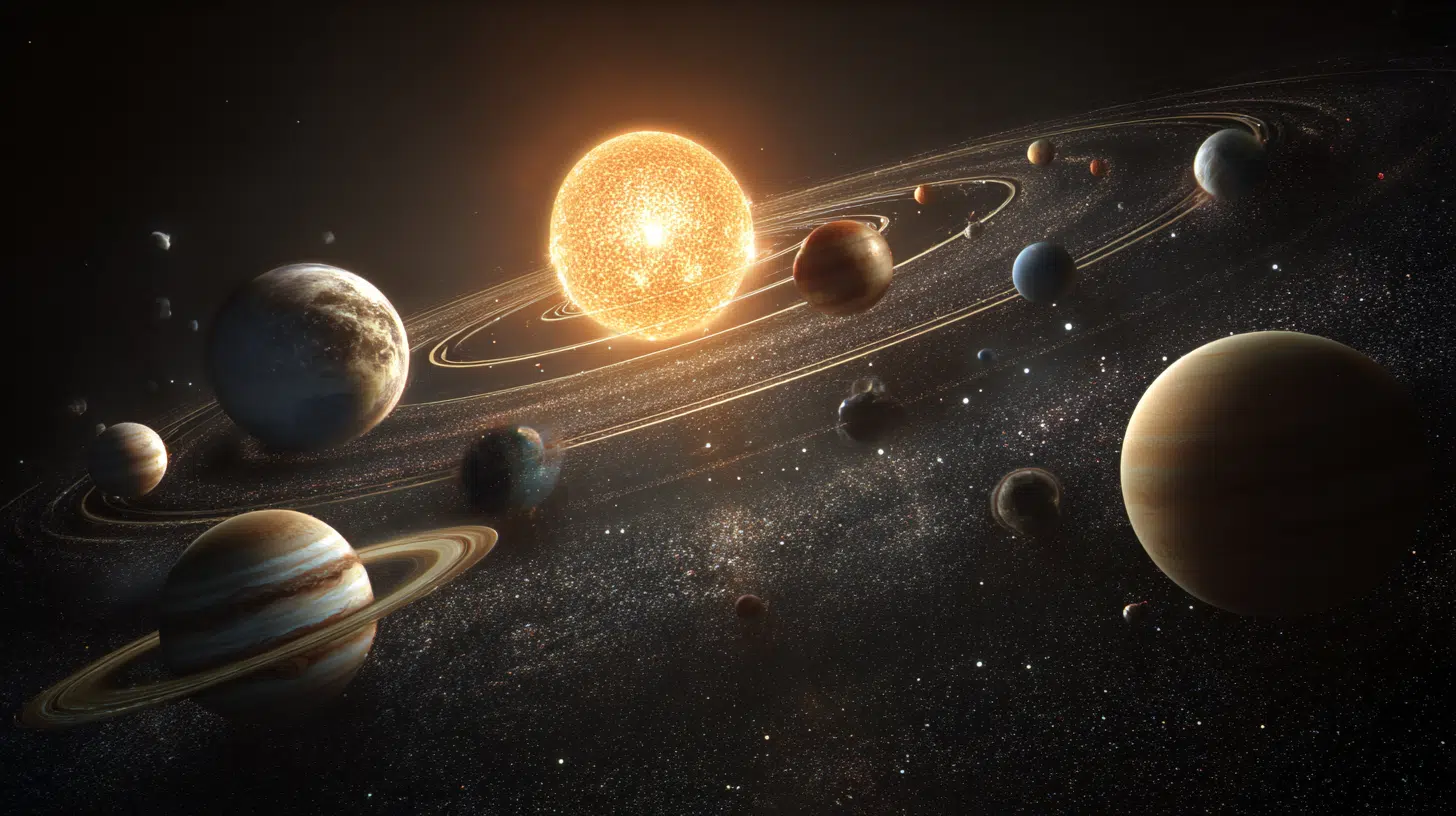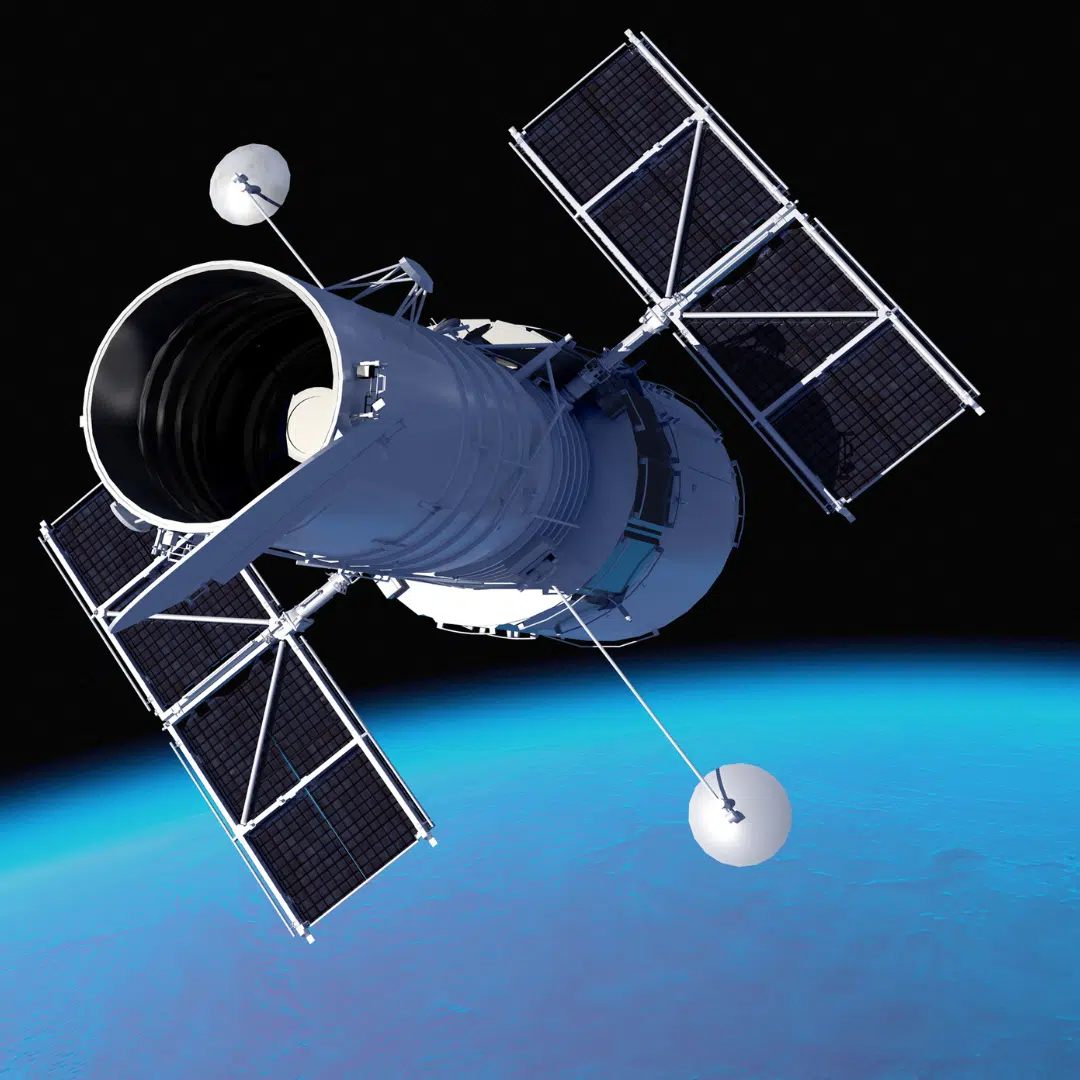Understanding the order of planets from the Sun is one of the first steps in learning about our solar system.
Each planet has its own unique size, speed, and features, but together they form a clear sequence that makes up our cosmic neighborhood.
Knowing the planets in order from the Sun helps students, space lovers, and curious minds see how our system is arranged.
This article lists the planets one by one, starting with Mercury and ending with Neptune, and shares simple facts to make remembering the planetary order easy and fun.
The Sun – The Heart of the Solar System
At the center of our solar system shines the Sun, a massive ball of hot plasma that makes life on Earth possible.
It accounts for 99.8% of the total mass of the solar system, meaning all planets, moons, asteroids, and comets are bound by its immense gravity.
Structure of the Sun:
- Core: where nuclear fusion occurs, producing energy.
- Radiative Zone: energy slowly moves outward.
- Convective Zone: hot gases circulate, carrying energy.
- Photosphere: the visible “surface” we see from Earth.
- Corona: the outer atmosphere, visible during a solar eclipse.
Order of Planets from the Sun
Learning the planets in order not only makes astronomy fun but also helps us understand how our solar system is structured. Let’s take a closer look at each planet, starting right next to the Sun and moving outward into space.
1. Mercury
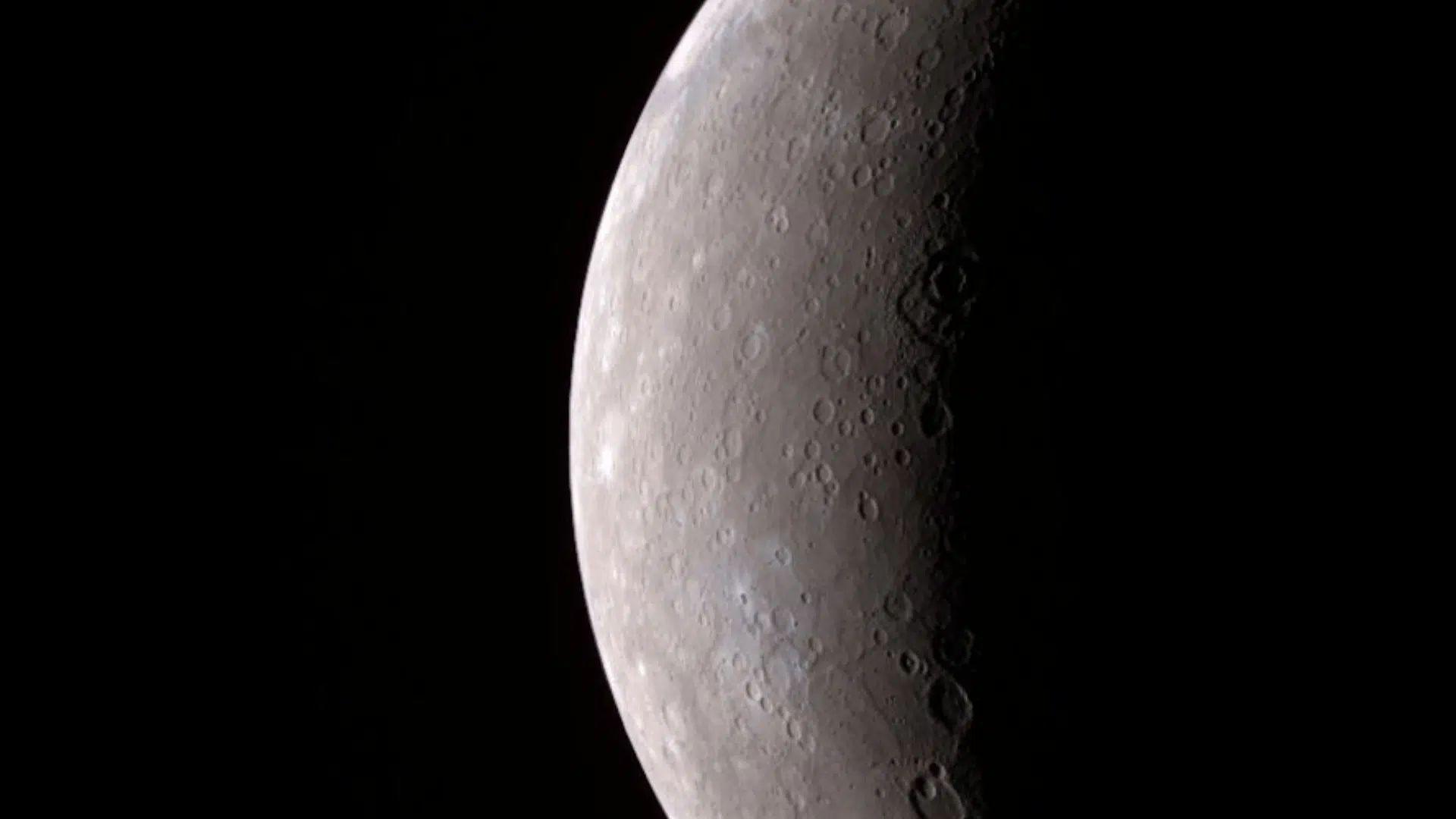

Image Source: MIT News
Mercury, the smallest planet in our solar system, experiences the most extreme temperature variations of any planet.
Despite being closest to the Sun, its lack of atmosphere means temperatures plummet from 800°F during the day to -290°F at night.
- Distance from Sun: 36 million miles (58 million km)
- Key characteristics: Smallest planet with extreme temperature swings and no substantial atmosphere.
- Exploration history: Mariner 10 (1974-1975) and the MESSENGER mission (2011-2015) provided detailed surface mapping.
2. Venus


Image Source: Tech Times
Venus represents a cautionary tale of the runaway greenhouse effect.
Similar in size to Earth, this hellish world harbors surface temperatures of 900°F-hot enough to melt lead, due to its thick carbon dioxide atmosphere and sulfuric acid clouds.
Venus rotates backwards compared to most planets, making its day longer than its year.
- Distance from Sun: 67 million miles (108 million km)
- Key characteristics: Hottest planet with crushing atmospheric pressure and retrograde rotation
- Exploration history: Soviet Venera missions (1960s-1980s) achieved the first successful planetary landings on Venus.
3. Earth


Image Source: Explorer 1 – NASA
With 71% of its surface covered by oceans, Earth appears as a brilliant blue marble from space. The unique combination of protective magnetic field, stable climate, and diverse geology has fostered the only known life in the universe.
The dynamic interaction between its atmosphere, hydrosphere, biosphere, and geosphere creates the complex systems supporting billions of species
- Distance from Sun: 93 million miles (150 million km) – The Astronomical Unit
- Key characteristics: The Only planet with confirmed life, liquid water oceans, and a protective magnetic field
- Exploration history: Continuous study through satellites, space stations, and lunar missions since 1957
4. Mars


Image Source: Space
Mars captivates us with evidence of ancient rivers, lakes, and possibly oceans that once flowed across its surface. The planet’s rusty red appearance comes from iron oxide coating its landscape.
The largest volcano in the solar system, Mars also features massive canyon systems and polar ice caps. Mars remains our best candidate for future human exploration and potential colonization.
- Distance from Sun: 142 million miles (228 million km)
- Key characteristics: Iron-rich surface with polar ice caps and the largest volcano in the solar system
- Exploration history: Successful rovers, including Sojourner, Spirit, Opportunity, Curiosity, and Perseverance, since 1997
5. Jupiter


Image Source: NASA Science
Jupiter reigns as the solar system’s largest planet, containing more mass than all other planets combined. This gas giant acts as a cosmic vacuum cleaner, protecting inner planets from asteroids and comets with its immense gravitational pull.
Jupiter’s rapid rotation creates distinct atmospheric bands, while its powerful magnetic field generates spectacular auroras at its poles
- Distance from Sun: 484 million miles (778 million km)
- Key characteristics: Largest planet, 95+ moons, Great Red Spot storm, strongest magnetic field
- Exploration history: Pioneer 10/11, Voyager missions, Galileo orbiter, Juno, currently studying atmospheric dynamics
6. Saturn
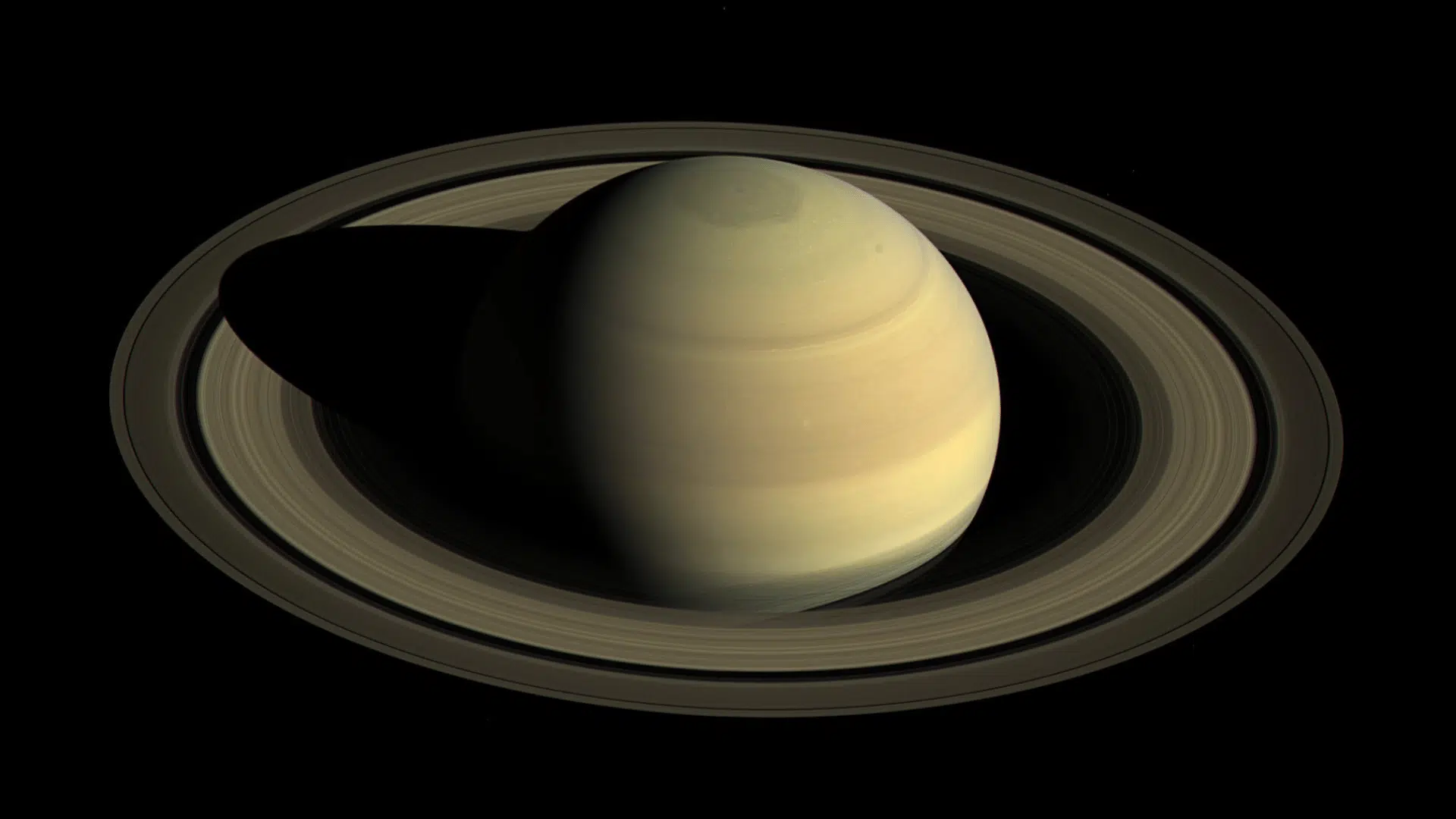

Image Source: The New York Times
Saturn captivates observers with its spectacular ring system, composed of countless ice and rock particles ranging from tiny pebbles to house-sized chunks.
Despite being the second-largest planet, Saturn is less dense than water and would theoretically float in a cosmic ocean.
- Distance from Sun: 890 million miles (1.4 billion km)
- Key characteristics: Prominent ring system, 146 confirmed moons, lowest density of all planets, hexagonal polar storm
- Exploration history: Pioneer 11, Voyager 1/2 flybys, Cassini-Huygens 13-year orbital mission providing detailed ring studies
7. Uranus
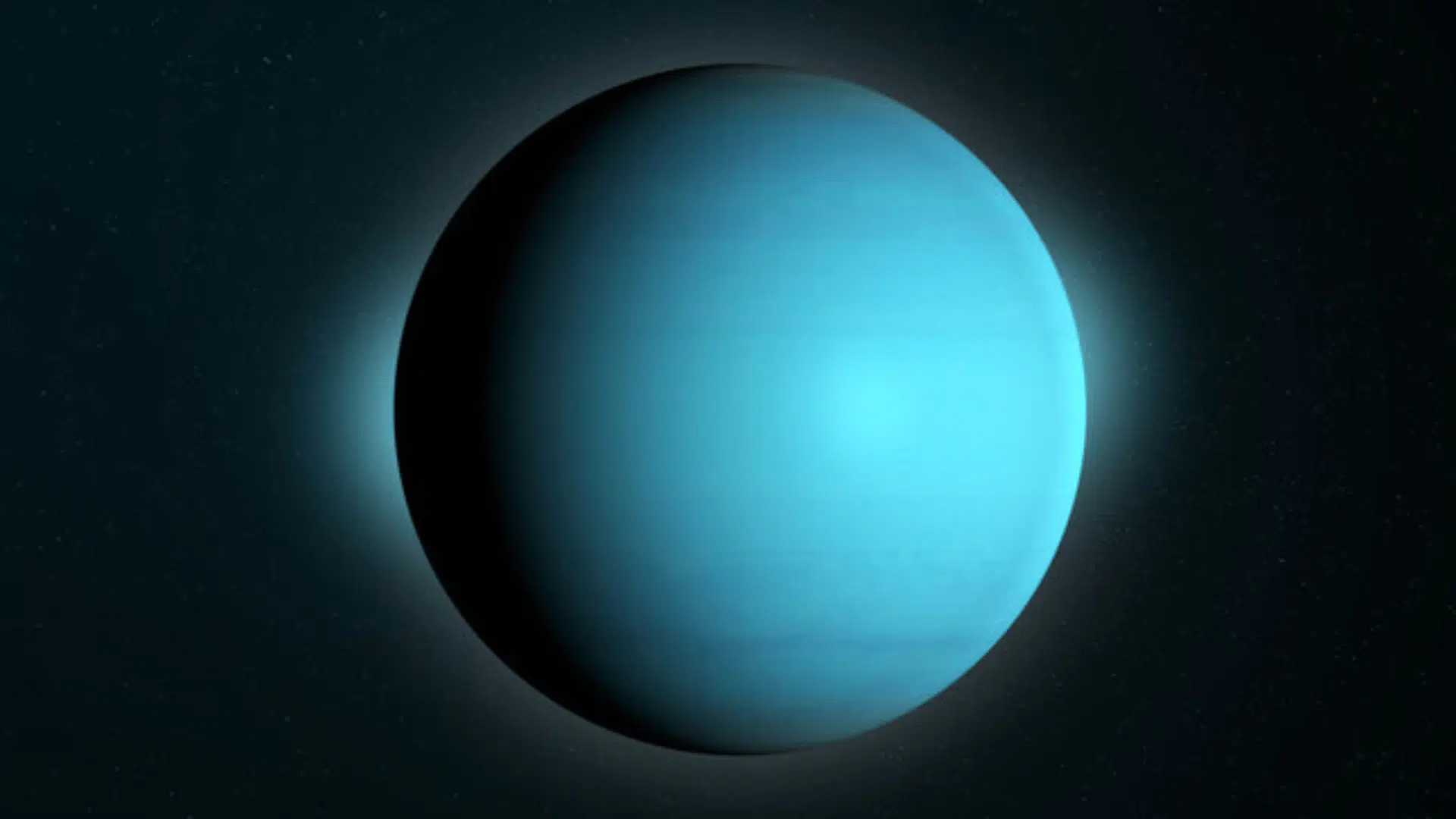

Image Source: Adobe Stock
Uranus stands out as the solar system’s oddball, rotating on its side with an axial tilt of 98 degrees, likely caused by an ancient collision.
This ice giant’s blue-green color comes from methane in its atmosphere, which absorbs red light. Unlike other gas giants, Uranus has a relatively calm atmosphere with few visible cloud features.
- Distance from Sun: 1.8 billion miles (2.9 billion km)
- Key characteristics: 98-degree axial tilt, methane-rich atmosphere, 27 known moons, faint dark ring system
- Exploration history: Discovered by William Herschel in 1781, it was only visited by Voyager 2 in a 1986 flyby
8. Neptune
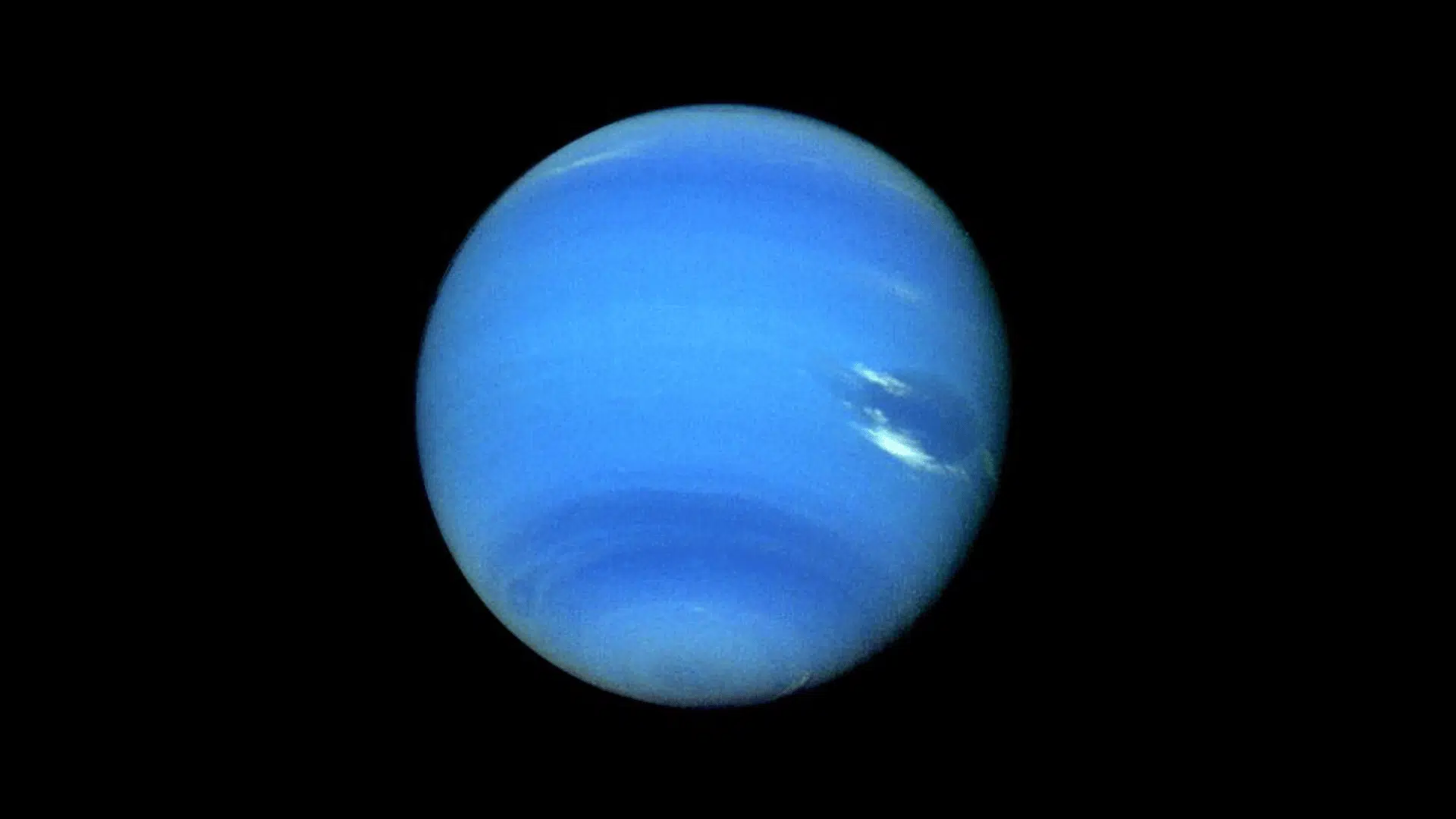

Image Source: NASA Science
Neptune, the solar system’s windiest planet, experiences supersonic winds reaching 1,200 mph, faster than the speed of sound on Earth.
This deep blue world gets its striking color from methane, which absorbs red wavelengths. Neptune radiates 2.6 times more energy than it receives, indicating a powerful internal heat source.
- Distance from Sun: 2.8 billion miles (4.5 billion km)
- Key characteristics: Strongest winds in the solar system, deep blue methane atmosphere, 16 known moons, internal heat source
- Exploration history: Discovered mathematically in 1846, the single Voyager 2 flyby in 1989 remains the only spacecraft visit
Conclusion
And there you have it, the complete order of the planets from the Sun! Starting with speedy little Mercury and ending with distant Neptune, each planet has its own distinct features and role in our solar system.
From Jupiter’s powerful storms to Saturn’s bright rings and Earth’s life-supporting conditions, the solar system’s planetary order shows how everything fits together under the Sun’s gravity.
Next time you look up at the night sky, you’ll know exactly where each planet belongs in the cosmic lineup.
Ready to learn about the wonders of space? Keep reading our blogs for more fun, easy-to-read guides and beyond.



